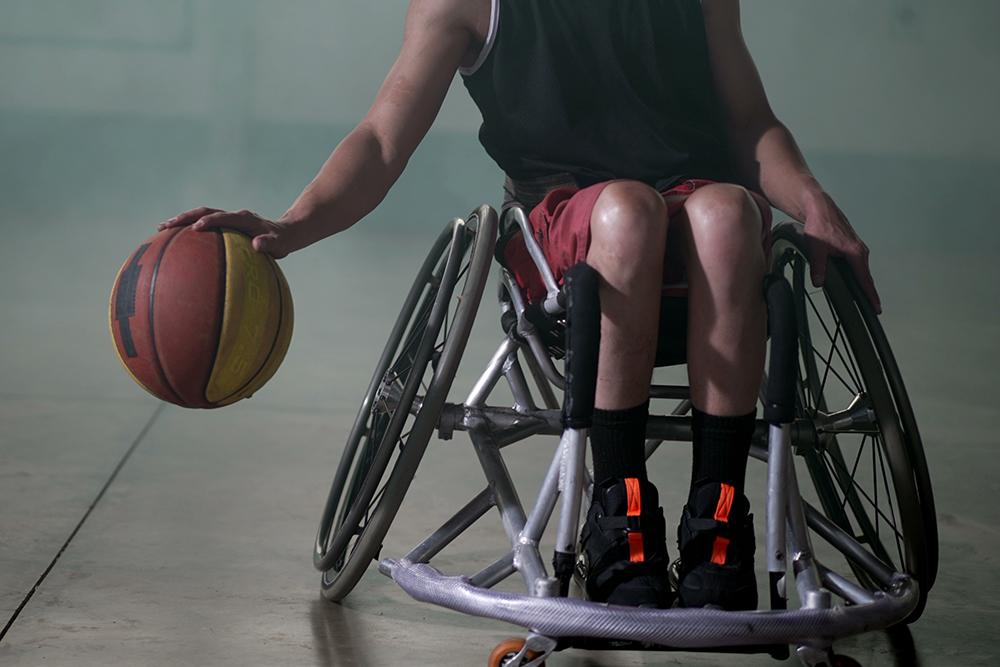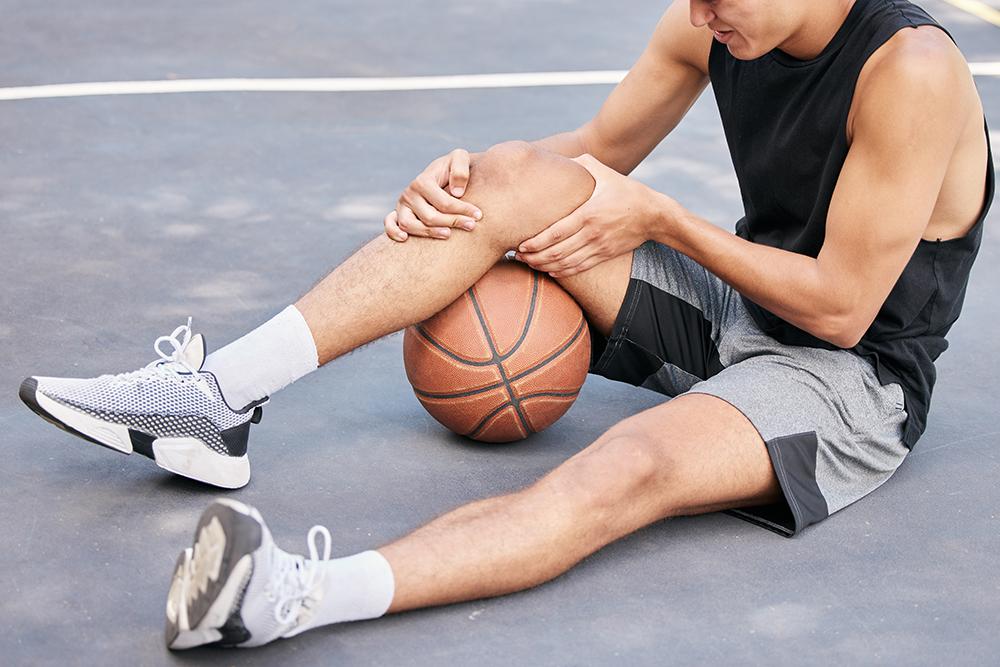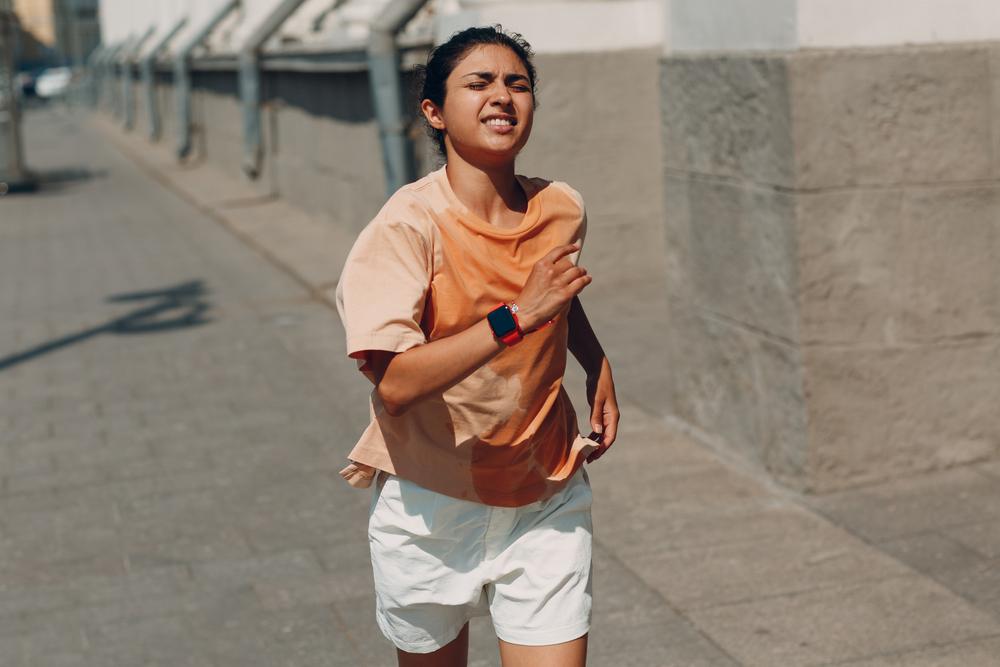 From dealing with pressure on social media, to balancing academics, sports, and extracurricular activities, teenagers are under more stress than ever.
From dealing with pressure on social media, to balancing academics, sports, and extracurricular activities, teenagers are under more stress than ever.
Amy Saltzman, MD, author of A Still Quiet Place for Athletes, believes that athletes who practice mindfulness develop a more balanced approach to self-care, which ultimately helps them achieve peak performance in sport and in life.
According to Saltzman, “Being mindful means simply being aware of what is happening here and now with kindness and curiosity, so that we can choose our behaviors.” She adds that young athletes who “bring kind and curious attention to all aspects of their health and well-being have an advantage in learning what works best for them during training, competition, and in life.”
Saltzman, a long-time athlete herself, explains that “in the long run, it’s up to young athletes to learn from coaches, parents, nutritionists, athletic trainers, sport-specific articles and books, and most importantly their own bodies, and develop and refine the self-care routines that create the opportunity to perform at their best.”
With that in mind, Saltzman shares five scientifically proven self-care habits athletes can practice to improve their physical health and maximize their ability to compete at their best.
Prioritize rest
According to the American Academy of Sleep Medicine, getting extra sleep over an extended period of time improves athletic performance, mood, and alertness.
Saltzman says, “Oftentimes in sports, young athletes are encouraged to push beyond their perceived limits to progress, but pushing too hard and too often can result in injury and physical, mental, and emotional burnout.”
Overtraining doesn’t help anyone. Creating and actively implementing a proper rest and recovery schedule can prevent young athletes from reaching the brink of burnout and injury. By avoiding unhealthy extremes and prioritizing rest, you can help your athlete improve their physical and mental capacity.
Make healthier food choices
It’s essential to the development of young athletes to fuel their bodies with well-balanced meals of nutrient-rich foods instead of processed foods. In addition to preventing major health issues like osteoporosis, diabetes, and heart disease, healthier, whole foods develop their brain function.
Saltzman encourages young athletes to “bring their kind and curious attention to what they eat, how they eat, and how their body feels after they eat.” Over time they can take note of which foods complement their physical exercise and build a meal plan around the foods that help their body function at its best.
In general, Saltzman notes that athletes’ “bodies will function best if they eat natural foods, such as fruits, vegetables, whole grains, lean meats, milk, cheese, and eggs.”
Drink more water
Saltzman reports that “research shows that exercise performance is impaired when an athlete is dehydrated by as little as 2 percent of body weight. When the athlete loses an excess of 5 percent of body weight, their performance capacity is decreased by about 30 percent.”
Encouraging your young athletes to properly hydrate is essential to their athletic performance and, more importantly, to their overall health and well-being.
Saltzman adds, “It’s especially important for athletes to be aware and properly hydrate when they’re traveling, competing in hot or humid climates, or at altitude.”
Focus on conditioning
Youth sports offer athletes a place to improve their bodies’ overall performance and physical capacity. Not all conditioning has to be sport-specific.
Saltzman explains, “Young athletes can benefit by adding age-appropriate, developmentally-paced strength, speed, endurance, flexibility, and core strength to their exercise routines. And if young athletes do these activities mindfully (being present and discerningly aware of how their bodies feel, rather than just going through the motions), they will increase their physical, mental, and emotional strength, endurance, and flexibility.”
This self-awareness gives athletes a keen sense of when their bodies need to rest and recover, or hone in on where they need to dig deeper.
Develop game day routines
For young athletes, game day often requires the parent shuttle or a school bus ride to the game. According to Saltzman, “It is wise for young athletes to develop a game day travel routine that allows them to arrive physically, mentally, and emotionally ready to compete at their best.”
Saltzman recommends athletes create routines that will help them be prepared for game day by:
- Creating a detailed game day packing list
- Having healthy snacks and plenty of water on hand for travel
- Developing a mental preparation habit, such as listening to music, practicing mindfulness, or visualizing their ideal performance during the game
______
Saltzman concludes, “Athletes who are actively paying attention to their health and preparation are less likely to suffer from burnout, overuse injuries, overtraining, adrenal insufficiency, and chronic fatigue syndrome.”
Help your young athletes develop a stronger mindset to deal with the stresses of sport and daily life by introducing self-care strategies and encouraging them to practice them daily.



